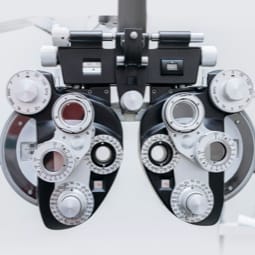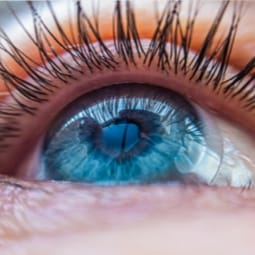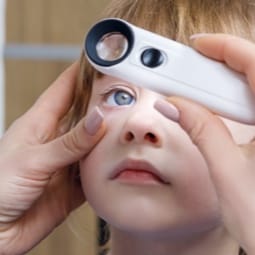Learning the A-B-Sees
They grow up so fast, and so do their eyes. Children’s vision is constantly changing, and their eyes grow in size throughout their childhood.
Eye exams are critical for ensuring their eyes develop properly and that their vision is clear. Our friendly eye doctor at Eye Q Optical is excited to meet your little one—we create a fun and safe environment for them while we examine their eyes.
Make sure your child’s eyes are working correctly and that they can see clearly by bringing your little one in for their next eye exam.
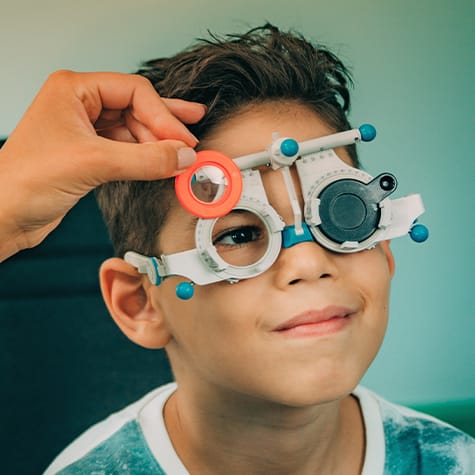
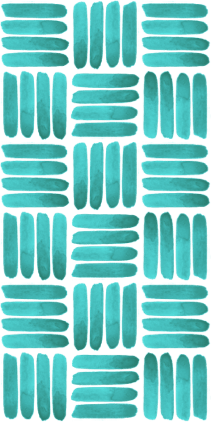
Children’s Eye Exam Schedule
If you notice any issues with your child’s eyes or their vision, you can bring them in for an exam at any time. Otherwise, you can follow the eye exam schedule outlined by the American Optometric Association.
- 0–12 months: Your child should have their first eye exam between 6 to 12 months of age to make sure their eyes are developing properly.
- 3–5 years: Between these years, we will check to make sure your child can see and evaluate their visual development.
- 6–17 years: You should have your child’s eyes checked before they begin school and every year after that until they are 17.

Common Issues
We always hope that your child’s eyes develop without any issues. However, some children’s eye problems are more common than others. Knowing what to look for and how we can help can increase their visual function and set them up for success in school, recreation, and play.
Myopia
Also known as nearsightedness, myopia affects our ability to see things in the distance clearly. The development of myopia usually begins in childhood, but its progression can be managed. Nearly 24% of adults over 40 are myopic.
Hyperopia
Also known as farsightedness, hyperopia inhibits our ability to see things at a close distance, like reading or viewing a screen. Corrective lenses may be required to accommodate this refractive error.
Astigmatism
Affecting the corneas (the front surface of the eye), astigmatism can blur or distort vision at variable distances. Unfortunately, there is no known way to prevent astigmatism, and corrective lenses may be needed.
Strabismus
Your child may look like they have crossed eyes if they have strabismus, which occurs when the muscles in one or both eyes aren’t performing as they should. Strabismus typically shows up in young childhood, but it can develop in adulthood. Treatments are available and effective if diagnosed early.
Amblyopia (Lazy Eye)
Also known as “lazy eye,” amblyopia occurs when one or both eyes doesn’t develop clear vision. As a result, the brain begins to favor the stronger eye, and the weaker eye can begin to wander. Treatments are available and are most effective when diagnosed early.
Visual Foundations
Eye Q Optical is here to make sure your child has all of the founding pieces for a healthy visual future. Eye exams are an essential part of your little one’s developing years. Through examinations and early diagnosis, we can work together to repair visual issues as they arise.
Have your child’s eyes examined by our professional and compassionate eye care professionals at Eye Q Optical.
Our Location
We are located in the heart of Cooper City, just off Stirling Road between Nob Hill and Pine Island Roads in the new Cooper Square Plaza.
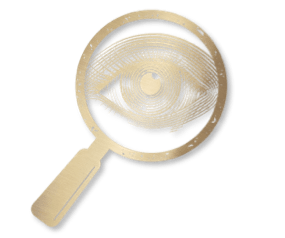
Our Address
- Suite 105, 9620 Stirling Road
- Cooper City, FL 33024
Contact Information
- Phone: 954-434-1414
- Email: eyedocwafa@gmail.com
Office Hours
- Monday: Closed
- Tuesday: 10:00 AM – 7:00 PM
- Wednesday: 10:00 AM – 5:00 PM
- Thursday: 10:00 AM – 5:00 PM
- Friday: 10:00 AM – 5:00 PM
- Saturday: 9:00 AM – 3:00 PM
- Sunday: Closed

Our Brands












